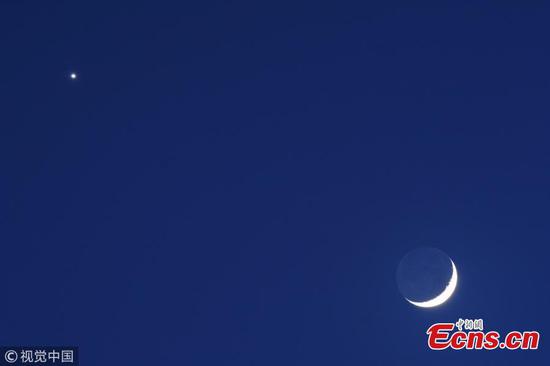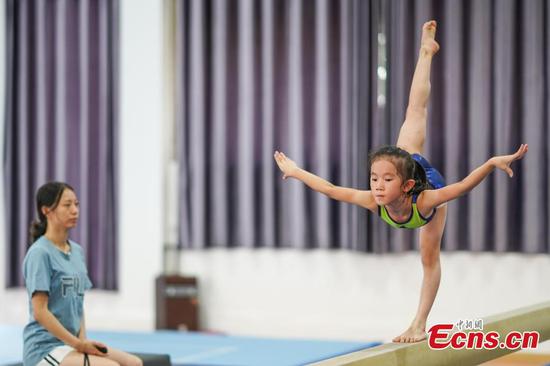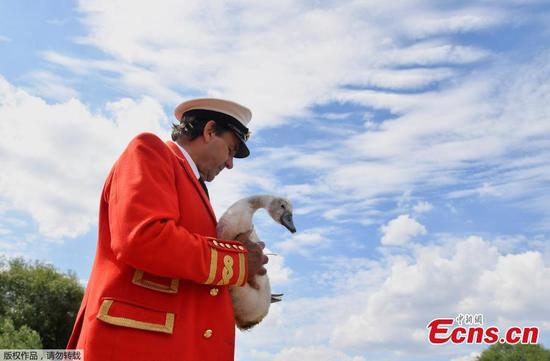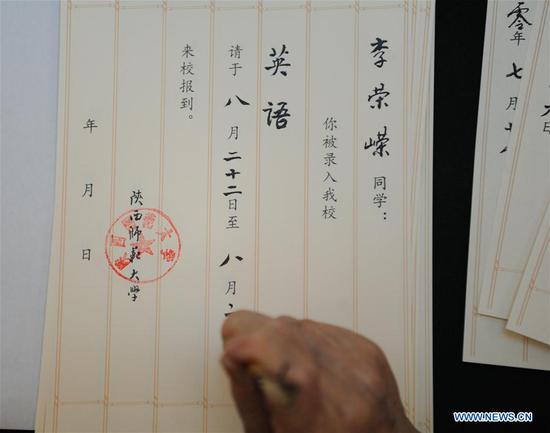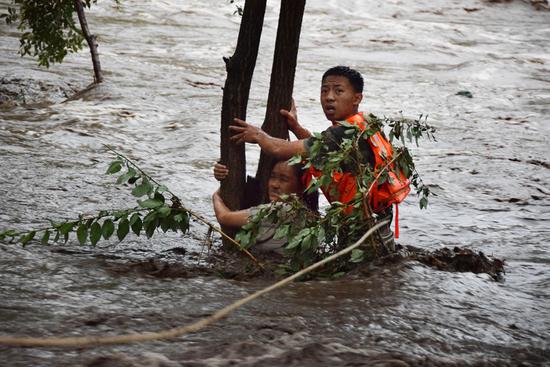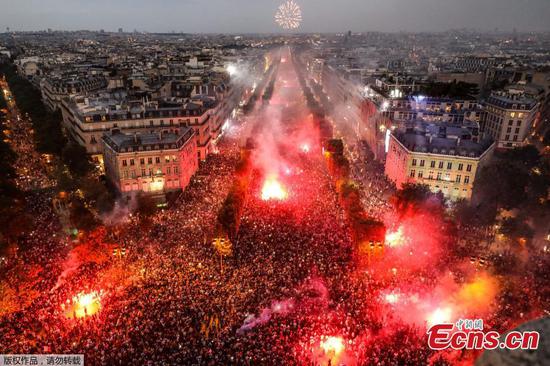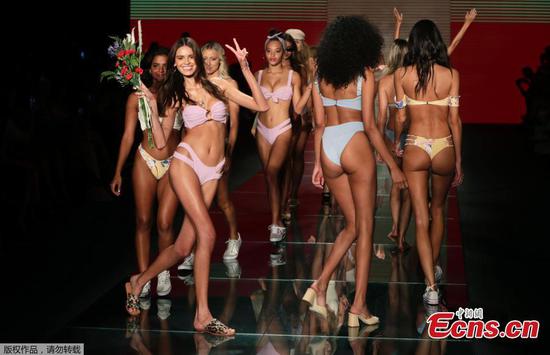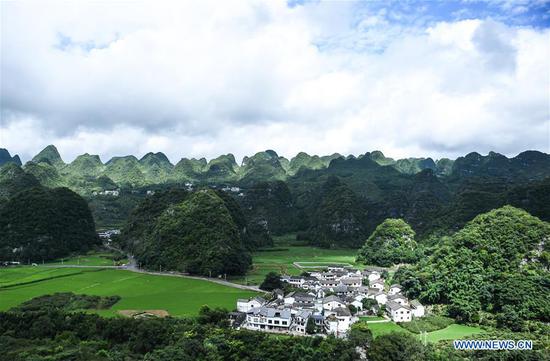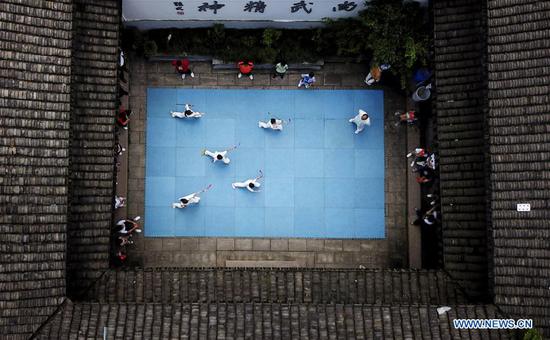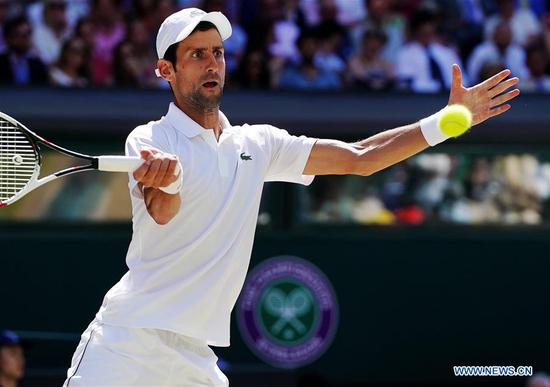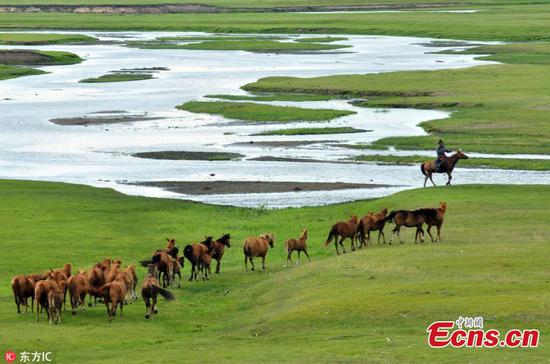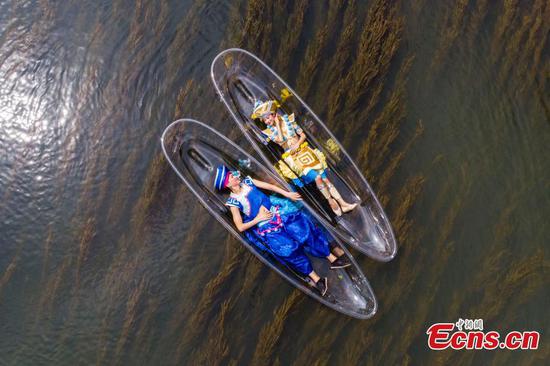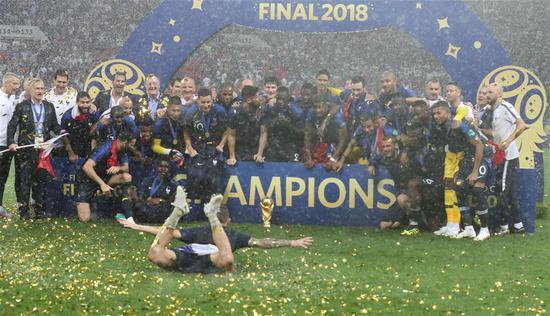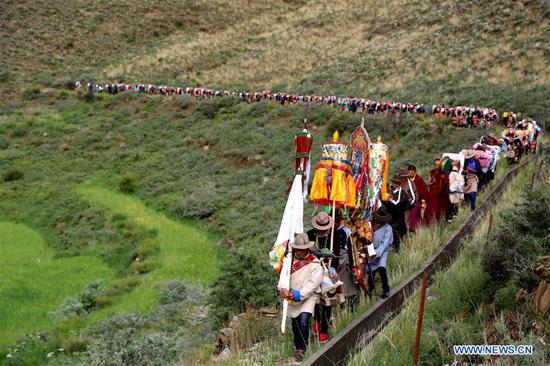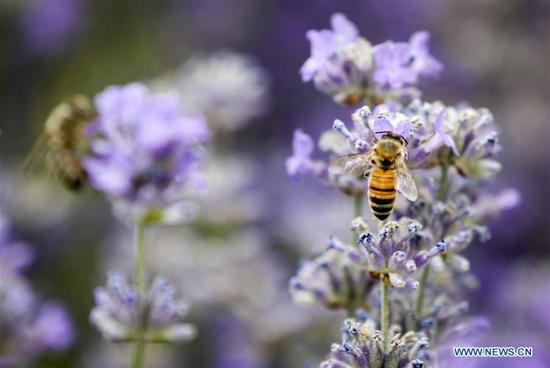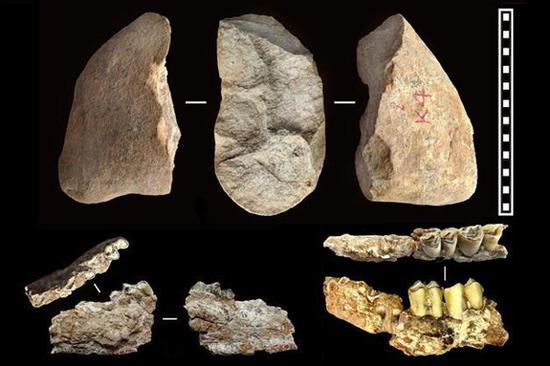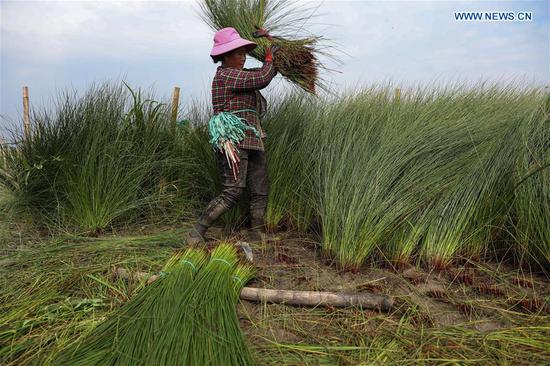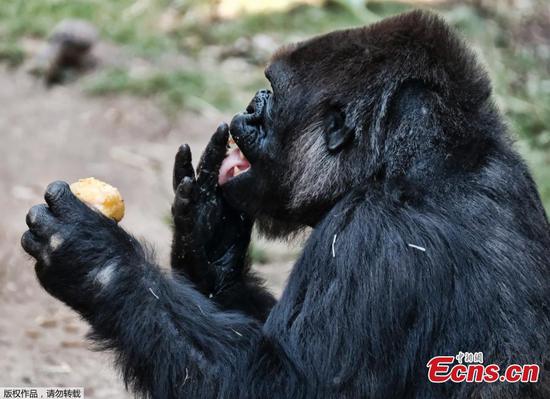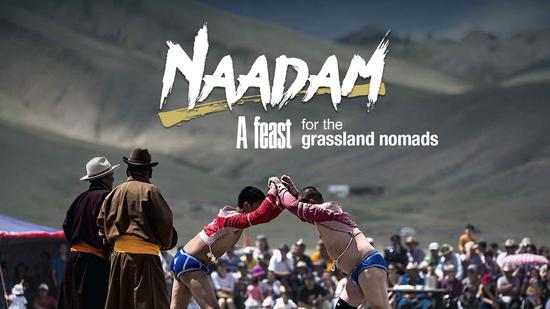
Raucous crowds, the sound of hooves clattering, emerald steppes dotted with yurts – for local residents in China's Inner Mongolia Autonomous Region, the Naadam Festival is, by all means, the most magnificent event of the year.
Ethnic Mongolians hold the five-day festival on the fourth day of the lunar month of June annually, paralleling the harvest season in the grassland. The premier summer event kicked off on July 16 this year.
Naadam, also known as “Nair,” means entertainment, and gambling in ancient times, in the Mongolian language, which shed light on the Mongols’ spiritual pursuits for freedom and power through a series of featured events.
Short for the local term “Eriyn Gurvan Naadam,” Naadam refers to “the three games of men” – horse racing, wrestling, and archery – that are all ancient military arts showcasing athletic prowess and skills.
It was included in the first batch of The National List of Intangible Cultural Heritage of China on May 20, 2006, and then inscribed on the Representative List of the Intangible Cultural Heritage of Humanity of UNESCO in 2010.
The riotous festival, by essence, is far beyond a bunch of sports competitions but also serves as a spiritual feast celebrated by the nomads who have had to withstand harsh environments – droughts and severe cold.
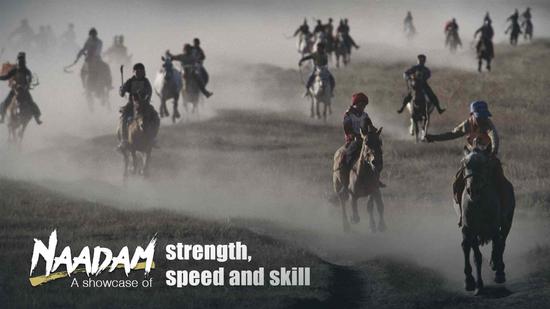
A requisite part of warrior culture
The tradition of Naadam can be traced back to the 12th century, with a long history that may date farther back than the Yuan Dynasty (AD 1279–1368) when the first instance of the Mongolian term for "three manly games" was recorded.
According to documents, Naadam originated with Genghis Khan’s establishment of the Mongol Empire. The clan leaders and soldiers, before or after military campaigns, used to gather together and participated in the games to show their power and prowess.
Genghis Khan (AD 1162–1227) believed that the fighting will of his warriors were aroused through competing with each other, a fierce force thus fully prepared to fight for victory.
What’s more, the macho-fixated events are held as the ceremony celebrating the new territory successfully conquered after uphill battles, and sometimes as the inauguration of a clan leader or a khan.
It was during the Yuan Dynasty that wrestling, horse racing, and archery were set by the rulers as three basic skills the Mongolian males must handle, which then became an official military and sports fixture.
Wrestling: A showcase of strength
Wrestling, the dominant sport among the ethnic Mongols, is an indispensable part of the Naadam Festival.
The ethnic Mongolians have unique outfits, rules, and techniques during wrestling matches and develop it as a specific type of Mongolian wrestling.
The wrestlers must wear standard gear including “zodog” and “gutal.” The waistcoat part of a zodog is usually made of cowhide, buckskin or camel skin fixed with bronze or silver, which makes it easier to be grasped by opponents.
Gutal is a leather boot mostly in traditional Mongolian style where the toe part is slightly upturned. Various auspicious patterns such as a dragon, peacock, flower, and fire decorate the jacket-like costume and the boots.
Renowned participants will wear “jangga,” an awarded necklace with colorful silk ribbons to mark if the wrestlers have won considerable contests.
After singing the songs of wrestlers three times, the competitors dance instead of walk onto the field, waving their arms in the air like eagle wings. The gestures are inspired by the eagles flying in the sky, which is a symbol of courage for many Mongols.
The most interesting point about wrestling is that the 13 basic actions like pulling and pushing may evolve into more than 100 techniques.
The rules set in Inner Mongolia are different – no holding the crotch hold, no hitting the face, no kicking the belly or any body part above the knees. And if any part of the body above the knee or the ankle touches the ground, the wrestler immediately loses.
Horse racing: A showcase of speed
Though local residents in Inner Mongolia have experienced huge changes brought by modernization, horse culture, however, remains the central pillar of most Mongols’ lives.
Thanks to their nomadic lifestyle, horses are a key part of their lifestyle with Mongols proudly claiming themselves to be an ethnic group on horseback. Missing the horse races is unthinkable during Naadam.
The contestants are usually all children aged from five to 13, given the weight limitation of Mongolian horses.
Before each race, the bareback and barefoot jockeys gather on horseback, loudly sing the folk song "Gingo" to cheer up their horses. With a sharp whistle, the line-up horses shoot off from the gate thundering towards the finish line.
Archery: A showcase of skill
Archery is another source of pride for the Mongols as it is such a time-honored tradition.
efore 800 AD, the Mongols lived according to two models of the economy – the nomadic economy and the hunting one.
As Genghis Khan unified the scattered Mongolian tribes, the Mongols gradually transitioned into the complete nomadic model, but kept exercising their archery skills to defend against foreign and animal attacks.
Therefore the archery match is also highly valued as a celebration for the ethnic group. Both males and females can participate in the matches regardless of their age.
There are three types of competitions – short-distance archery, long-distance archery, and horseback archery.
The line-up of archers all wear the silk and brocade “deals," the traditional Mongolian robes, embroidered with gorgeous patterns in a riot of colors.









